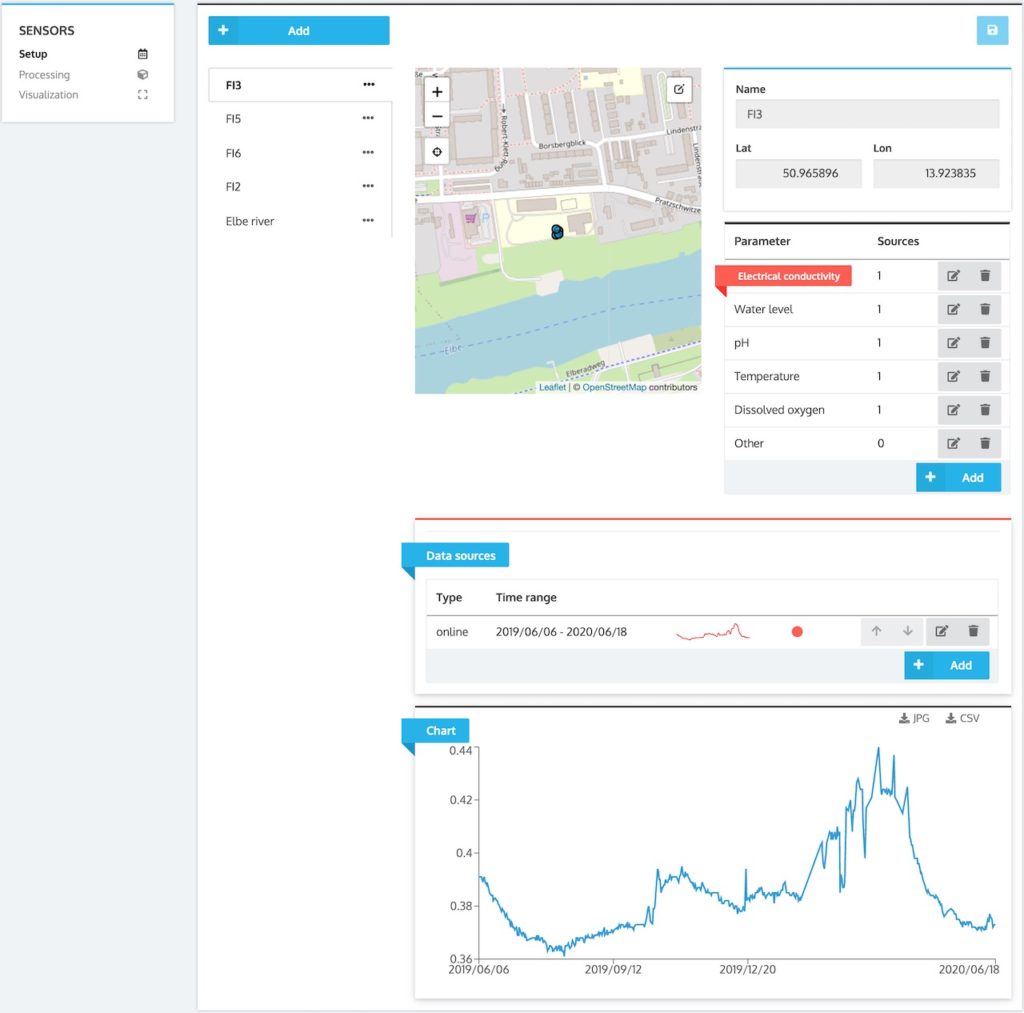All tools developed wihtin the SMART-Control project can be accessed after free user registration on the INOWAS platform.
T1. Initial risk assessment
The tool represents an easy-to-use instrument to evaluate the viability of a MAR project and the preliminary assessment of human health and environmental risks. The tool has two parts:
A) Estimation of groundwater hydraulic residence times during subsurface passage. Subsurface travel time from the area of recharge to the point of abstraction during MAR is a critical parameter to ensure sufficient attenuation for hygienic parameters and other undesired substances. This tool helps to determine groundwater hydraulic residence time (HRT) using seasonal temperature fluctuations observed in recharge water and MAR recovery wells. Read more

B) Quantitative microbial risk assessment (QMRA) of MAR schemes, including hazard identification, exposure assessment, dose analysis and risks characterisation. The risk can be assessed for selected reference pathogens such as bacterial, protozoan and viral pathogens for different hydraulic residence times during MAR. Read more

T2. Real-time monitoring and control
This tool aims at facilitating the operational management of MAR sites. The tool includes a web-based monitoring system developed for real-time integration of time series data into the INOWAS modelling platform. Sensors installed at MAR facilities worldwide can be connected to the INOWAS platform to transfer collected data in real time. The data can be visualised, processed, downloaded and prepared for further usage, e.g. as a boundary or observation point in a real-time groundwater flow model. Read more

T3. Automatic model update and simulations
Real-time observations collected from MAR sites can be integrated into the web-based modelling workflow. The system relies on existing groundwater modelling capabilities of the INOWAS platform, which were expanded by adding additional features. The integration of real-time monitoring data into the simulation workflow enables fast response times and optimised management, which helps to minimize and control the associated risks. Read more

T4. Predictions for advanced system management
Scenario analysis serves to evaluate various management solutions or to integrate climate, land use or urban change projections into the numerical model. This can be done by changing model boundaries e.g. pumping rates to represent the changing water demand, recharge rates or river discharge to reproduce climate or land use change. The workflow is based on the existing numerical groundwater flow and transport model tool on the INOWAS platform, where the model can be setup, run and calibrated. For scenario analysis, the Base Model can be cloned and edited to change boundary conditions by percentage, by hand or CSV upload. The scenario management tool offers the unique possibility to compare two or more model runs with each other. For this, distinct results visualization options have been developed. Read more
